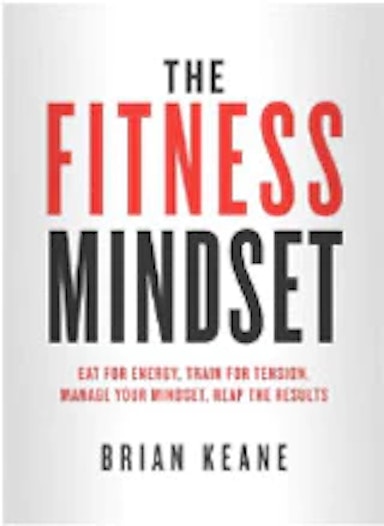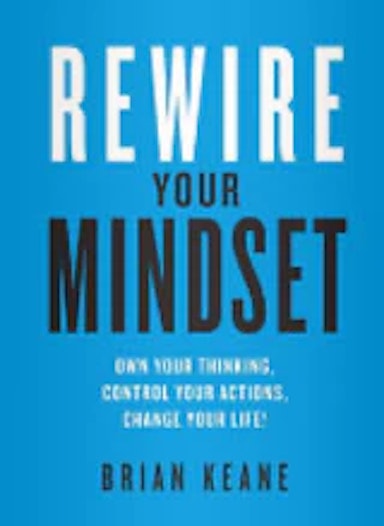How to get ABS or a flat stomach
- By Brian Keane
After the great feedback on yesterday’s podcast episode, Episode 16: How To Get Six Pack Abs Or A Flat Stomach– today’s blog is going to be an expansion on that. There are lots of different factors that come into play and everything from the foods you eat to the supplements you use will play a role but I’ve tried to simplify it into my top six points; hopefully it helps 🙂
The key to getting abs or a flat stomach (the process is very similar) – is to make sure you are using the correct nutritional, training and supplement strategies that support the end goal. The number #1 factor is getting your body fat low enough through a few nutritional tweaks. Of course being in a calorie deficit (burn more calories than you eat) is the easiest and most straightforward way to do this but I’m going to offer three tips directly from my Top 50 Program that moves that basic ‘calories in, calories out’ model a step further.
Top 3 Nutrition Tips To Get Abs Or A Flat Stomach
Tip 1: Cut Processed Food
Processed food actually has two major negative effects on your body. Firstly, most processed foods have removed a lot of the ingredients and nutrients from the original source and replaced it with sugar (for preservation and taste) or removed the ingredients that worked to ‘buffer’ i.e. slow down its energy release. This means blood sugar levels dramatically rise with consumption of this type of food.
Secondly, refined sugar can create the ‘sudden energy increase/energy drop’ feed back loop i.e. loads of energy followed by a crash; and that can have a really negative effect on your hormones. If hormones are out of balance, your entire body will be less efficient at converting carbohydrate for energy (some can get mild to severe forms of insulin resistance) leading to a lack of nutrient uptake for healthy nerve and muscle cells and can have a detrimental impact any fat loss goals. If your body fat is too high, even if you have abs or a flat stomach underneath (which most of us do), you wont be able to see it.
Tip 2: Don’t Mess With Your Blood Sugar Levels!
There are other methods that work great for keeping blood sugars balanced: an on over increase in dietary fat, going into full ketosis and strict intermittent fasting (if you persevere through the initial transition and stick to it long term) to name a few but the system that I’ve found to be most effective (due to a lack of cravings, increased energy, less bloating and increased fat loss) is eating every three hours.
This doesn’t mean you need to sit down and eat a big meal every three hours. Having three main meals (breakfast, lunch and dinner) with two or three snacks in between works great; this not only keeps blood sugars balanced but food can be very metabolic (you burn calories digesting meals), so eating regularly could also potentially speed up your metabolism.
Even though some will argue that eating regular meals will have no effect of metabolism (the arguments are valid on both sides); its effect of blood sugars cant be argued. By keeping energy and hormones levels stable and in balance; you can train harder without the food cravings associated with blood sugar dips.
Tip 3: Bump Up Protein
Protein is the most metabolic of all three macro nutrients (carbohydrate and fat being the other two), meaning your body will burn more calories just trying to break it down; fat is also quite metabolic but protein has significantly less calories per gram.
Protein has 4kcal per gram and fat has 9ckal per gram, meaning you can eat more protein and consume fewer calories than eating the fat equivalent.
For example: 20g of protein has 80 kilo calories whilst 20g of fat has 180 kilo calories.
Protein: 4kcal per gram
Carbohydrate: 4kcal per gram
Fat: 9kcal per gram�
Alcohol: 7kcal per gram
Carbohydrates have the same kilocalories per gram as protein but are digested at a much faster rate. Also, as mentioned earlier – there is no ‘essential carbohydrate’ but there are ‘essential amino acids’ and they come from complete protein.
Animal and fish protein contains all the essential amino acids in proper proportion to one another – a characteristic of all flesh foods- and thus is knows as complete protein. You can also get essential amino acids in the plant kingdom, they are just not in their complete-protein proportions (so you have to mix and match them to make them complete proteins). Because most plants provide inadequate amounts of certain amino acids in relation to others, plant protein is normally referred to as ‘incomplete’ protein.
The key is to make sure you are getting all of your essential amino acids (because your body cannot make them by itself) from complete protein like meat and fish or from a combination of vegetable, legumes and nuts.
Protein also keeps blood sugars levels stables leaving you feeling fuller for longer whilst avoiding the dreaded ‘energy crash’ that happens from low blood sugar.
How to use this tip:
Add a small amount (10-20g) of protein to every meal.
Training For Abs And A Flat Stomach!
On top of nutrition, your abs are like every other muscle in your body – you need to train them correctly. Check out my Top 3 Tips below.
- Train abs at the start of your workout (not the end)
- Have an ‘Ab Day’
- Double down on the excerciese that suit your body
To put it all together, check out my video on Top 3 Training Tips To Get Abs Or A Flat Stomach.


